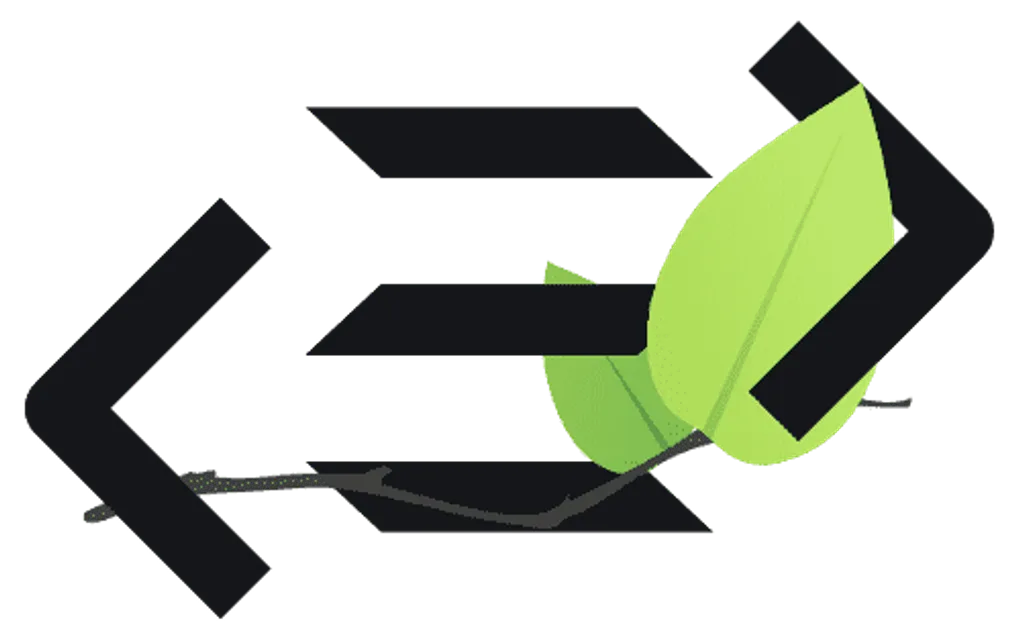
PureScript with Leaflet Experiments
Not another damn JavaScript compiler
Yeah yeah, I know. For a long time, I really enjoyed using CoffeeScript and I have spent quite a bit of time learning ClojureScript. I’ve given TypeScript a hard time in the past, but I’ve changed my tune about it. Recently I have been digging my head down into Haskell, mostly due to attending an online course from Frontend Masters on functional programming in JavaScript. A lot of things on both the Haskell and functional JavaScript side began to click when I delved more into Haskell. Now I’m not a functional snob, but there is something real nice about working in pure functions and immutable data. I don’t know if I’m totally sold on the strictness of a type system, but it does add another layer in the compilers that makes it easier to debug apps.
With that said, I’ve been playing around with two Haskell-inspired JavaScript compilers. Elm, after reading about it in Seven More Languages in Seven Weeks and PureScript, which I have been toying around with more lately. I kind of just kept eye on PureScript for a while until I saw this session from StrangeLoop. That really piqued my curiosity and I wanted to see if I could do something with it.
Starting from scratch
So the main thing I wanted to figure out about PureScript was how to use third-party JavaScript libraries with it, mainly Leaflet. I saw that there was a purescript-d3 library, so I decided to look at the source to try and figure it out. I was so lost and to be honest I still don’t fully get it. But I’m working on it.
PureScript provides a foreign function interface (FFI) for working with JavaScript code. It wasn’t quite doing what I wanted, at least without making it totally hacky. But I did find another PureScript library for easy-ffi that explained things a little better for me. A really neat thing about PureScript is there is the core library and other libraries are available via a bower install, many of which are available here.
I based my project on pulp which is used in this example here, which was again created by Bodil. This is a good starting point and a lot simpler than the grunt build I was using to initially learn PureScript.
Side note - PureScript works really well with existing JavaScript build tools like Grunt, Gulp and Bower, which is totally awesome
Code and Types and Data oh my
Here is the code for the working application.
I am not going to get into Monads, just that they are a way to deal with side-effects in functional programming. This is a good read on the EFF Monad in PureScript. I am still wrapping my head around it, but using the EFF Monad with EasyFFI, it becomes pretty simple to create PureScript functions that can interop with native JavaScript.
Take note the extra empty string argument used in the easy-ffi methods.
According to the docs this is
needed if the method returns an action. When using unsafeForeignFunction of
easy-ffi, pass an empty string argument in the argument array so it executes
correctly. Like this. map' = ffi ["s", ""] "L.map(s)"
This threw me for a loop for a while, but when I rewrote these functions without easy-ffi it kind of makes sense… I think. The above function would probably look like this.
These functions are curried and there is a function wrapped around the L.map(s) method, so I think that’s what the empty argument is for, to call that method. At least to my eyes that’s what it looks like. I could be totally wrong though. Please tell me so I can update this post later.
This demo application is available here.
What the hell
You may be asking why bother with all this nonsense? After all this doesn’t look very easy nor is it any simpler than the regular JavaScript samples. Truth is… I don’t know yet. That’s why it’s called experimenting. This sample doesn’t do much, but it’s really just meant as a proof-of-concept. There is a purescript-react library that I’m interested in trying out. With a little more practice maybe I can put together some purescript bindings for Leaflet as well. There is also a purescript-quickcheck which if you look at quickcheck for Haskell is basically automatic testing for your app, which is pretty damn sweet.
I’m still in my early learning phase with PureScript so far. I’m not even done with the PureScript by Example book yet. I got too excited. There is also a 24 Days of PureScript guide which has tons of great info.
I don’t know if I’ll have a chance to push PureScript into production (my team would kill me), but I am definitely a fan and will continue to play around with it.
Update - It turns out there is a purescript-leaflet library already on github that is working towards doing bindings for purescript. I’ll be giving this a shot next!